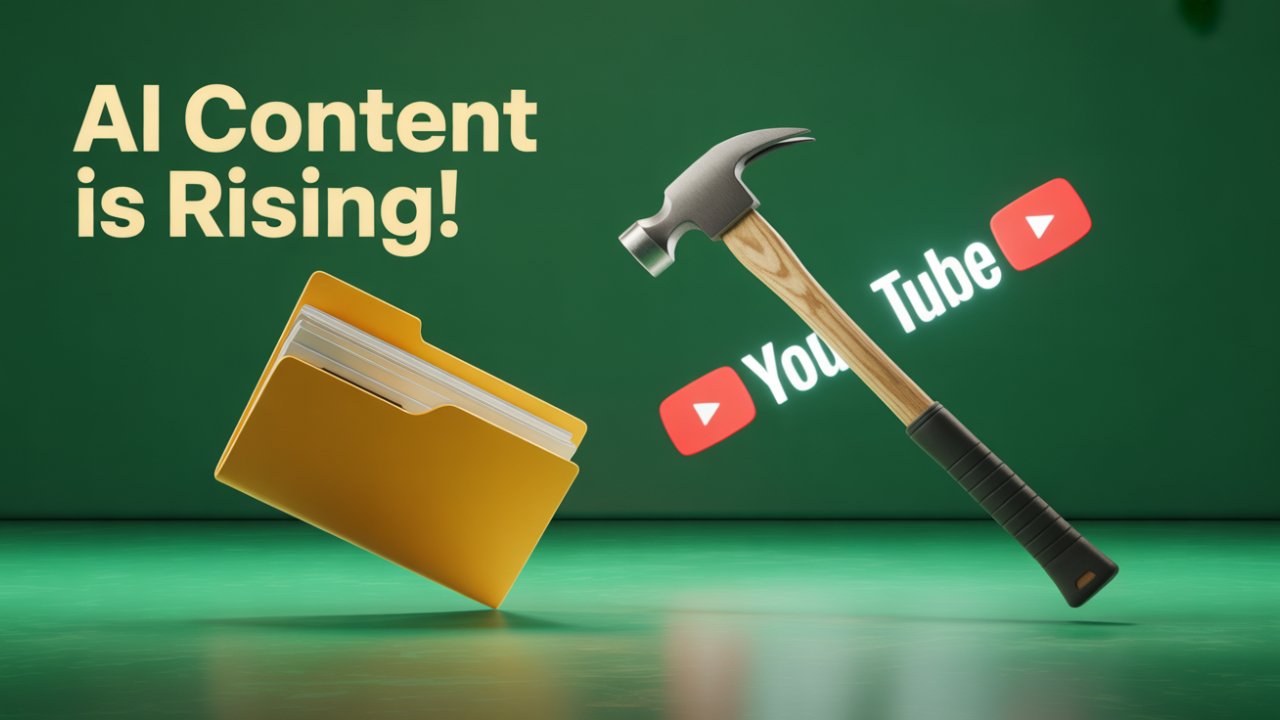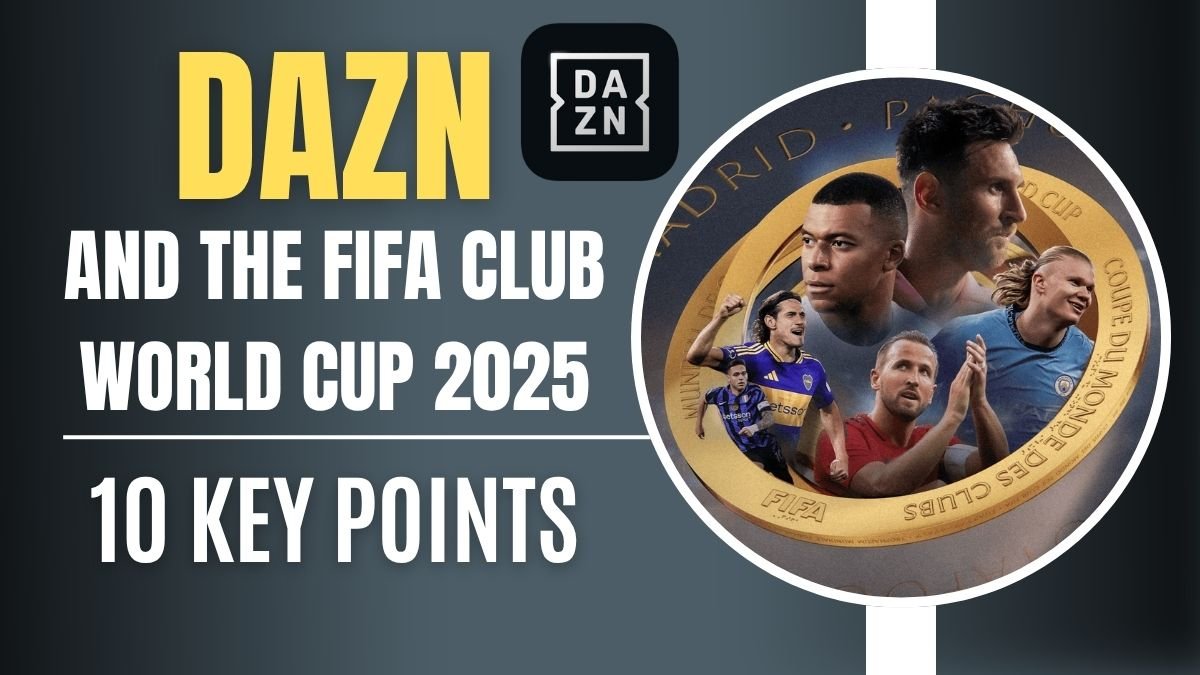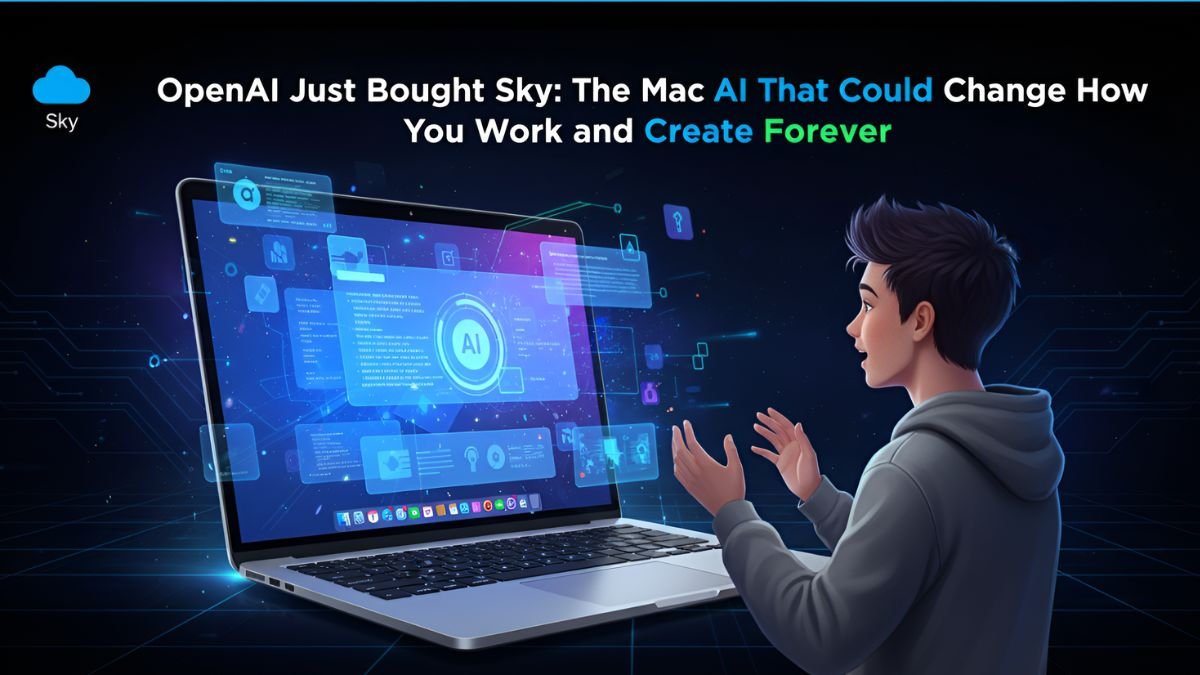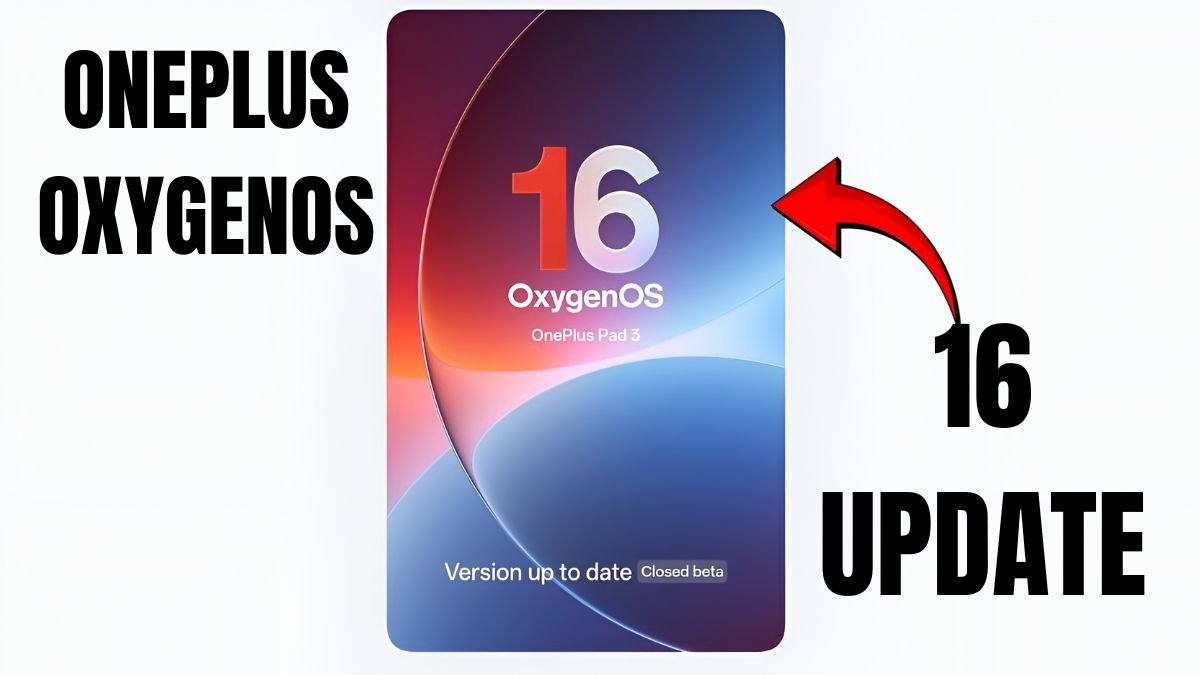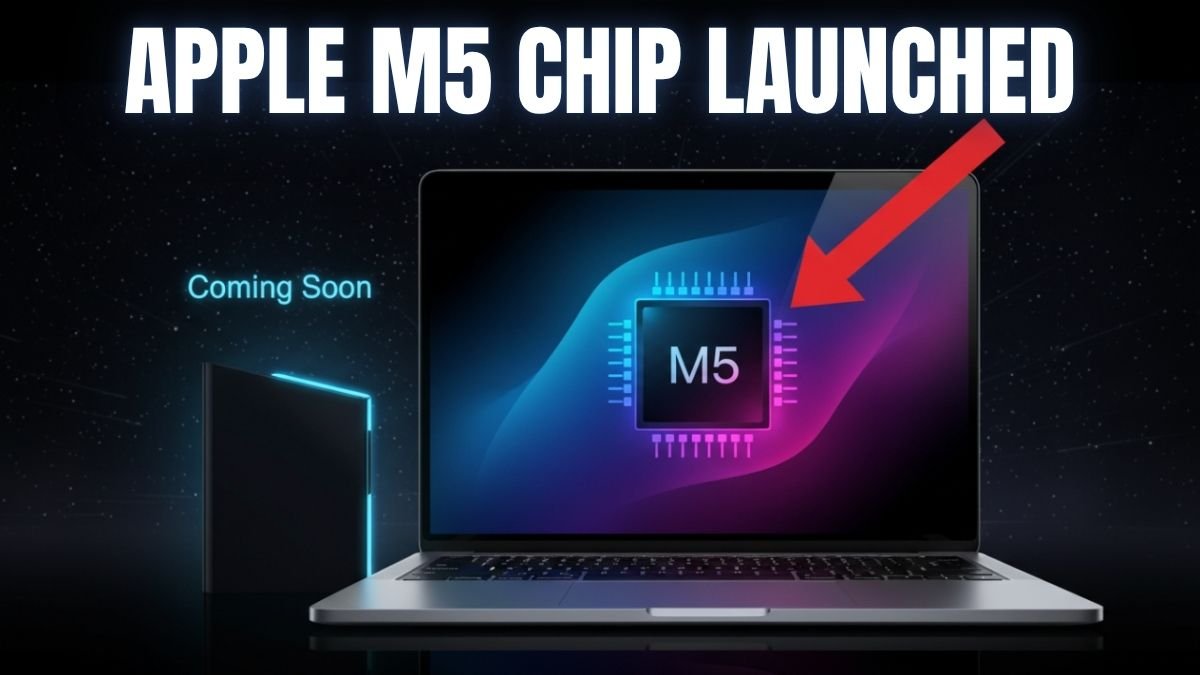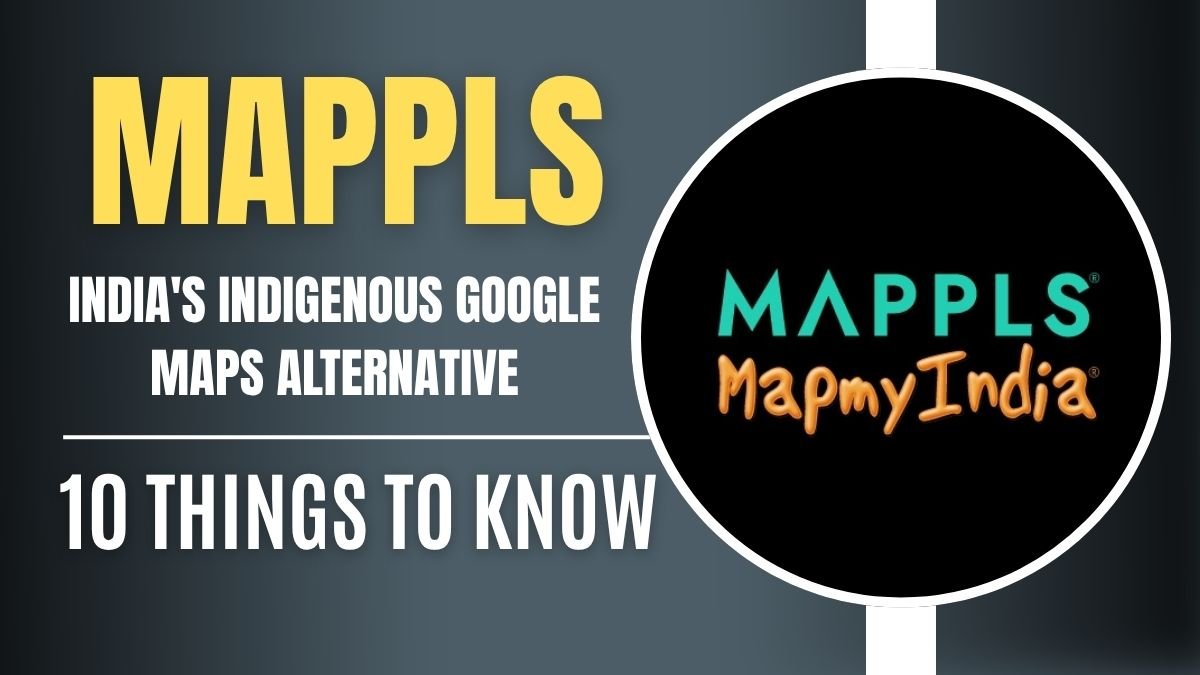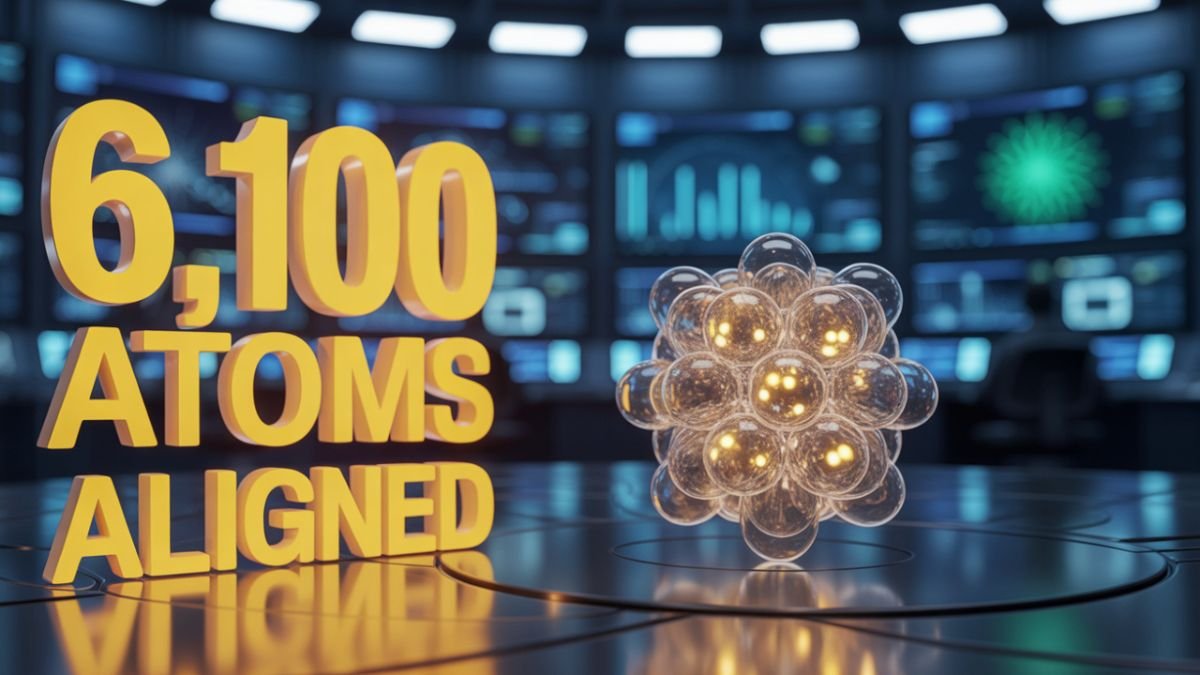1. YouTube’s New Crackdown on Inauthentic Content
YouTube is tightening its monetization policies to curb “inauthentic” content, especially videos made using AI that are repetitive or mass-produced. Starting July 15, 2025, stricter rules will decide which content is eligible for monetization. This move is aimed at preserving YouTube’s quality and ensuring that creators upload meaningful, original videos rather than relying on low-effort automation tools.
2. What Is Mass-Produced and Repetitive Content?
Mass-produced content refers to videos generated in bulk using templates or AI with minimal effort. Repetitive content includes videos that use the same voiceovers, visuals, or formats repeatedly without providing new value. These types of content often lack creativity and are created to game the system for quick views and earnings.
3. Examples of AI-Created Slop on YouTube
AI-generated slop includes fake “true crime” videos, repetitive news clips, AI-generated music channels, and videos using AI voices over generic stock footage. Some channels even falsely present AI-generated content as real news or entertainment. These videos may seem informative but often lack credibility, research, and originality, misleading viewers in the process.
4. Why Is YouTube Taking This Step?
YouTube’s reputation as a trustworthy platform is at risk due to the rapid spread of AI-generated junk content. If users stop trusting the videos they watch and advertisers pull out due to content quality concerns, it could hurt the entire YouTube ecosystem. This policy change is a proactive step to maintain quality and brand integrity.
5. Clarification: Not All AI or Clip Videos Are Banned
YouTube’s new guidelines are not targeting reaction videos, fair use content, or clip-based formats as long as they are creative, human-driven, and offer unique value. Rene Ritchie, YouTube’s Creator Liaison, confirmed that only low-quality, duplicated AI content is affected — not thoughtful or original compilations or commentaries.
6. Policy Text Not Fully Public Yet, But Focus Is Clear
Though the full policy wording isn’t out yet, YouTube has updated its Help documentation to define “inauthentic content.” This includes any video that lacks originality or is mostly assembled from existing materials. The goal is to educate creators on what kinds of content won’t be eligible for monetization moving forward.
7. Real-Life Impact of AI Misuse on YouTube
From fake deepfakes of CEO Neal Mohan to misleading news updates created with AI, YouTube has seen numerous incidents that highlight how dangerous and deceptive AI-generated content can be. Such incidents have gone viral, making it clear that the platform must take firmer action to curb misuse.
8. Consequences for Channels Using Low-Quality AI
Channels that depend heavily on mass-produced, AI-generated content without originality may be removed from the YouTube Partner Program. Their videos won’t earn ad revenue, and in some cases, their channels might face removal or content limitations. The aim is to prioritize creators who put effort and creativity into their work.
9. Good News for Original Creators
For genuine content creators who script, shoot, and edit their videos with originality and human input, this update is actually good news. It means less competition from AI spam and more recognition for thoughtful content. YouTube wants to reward creators who maintain quality, effort, and uniqueness in their videos.
10. The Future of Content: Quality Over Quantity
With this policy change, YouTube is making it clear that content quality matters more than ever. As AI continues to evolve, creators must focus on originality and viewer value. This shift will help YouTube remain a reliable, creative space for users and advertisers alike — not a dumping ground for AI slop.
